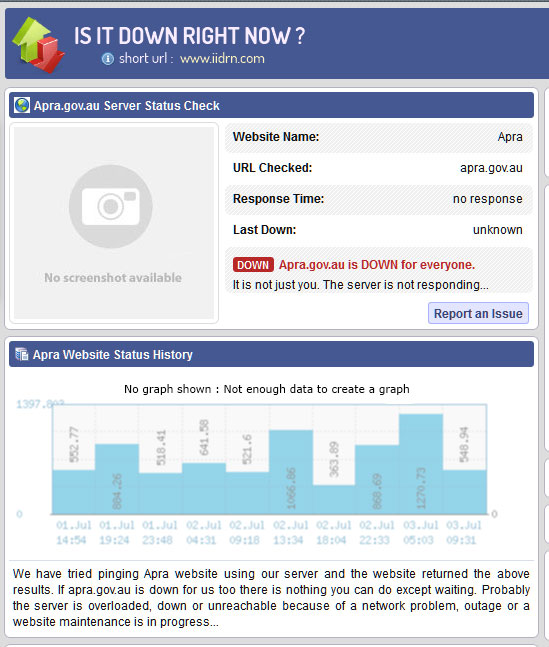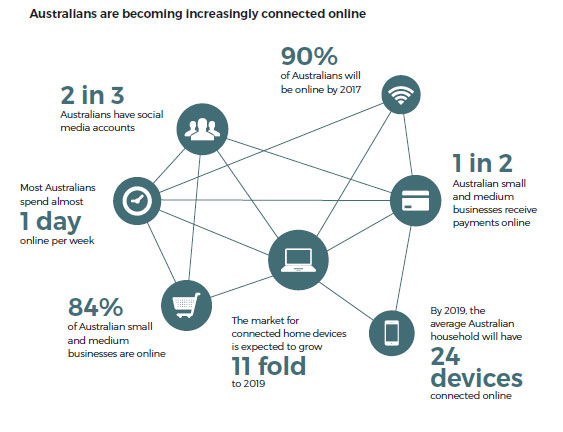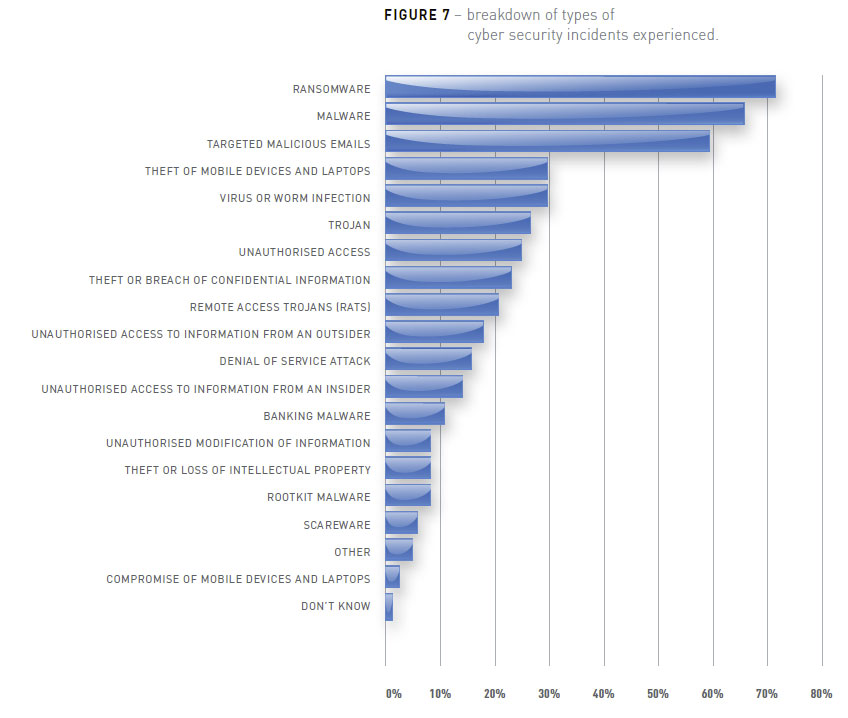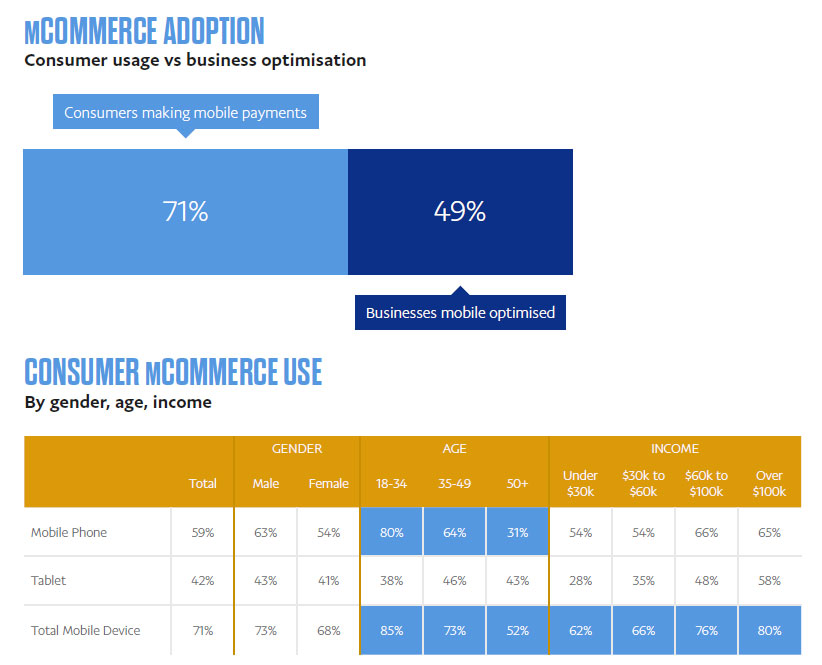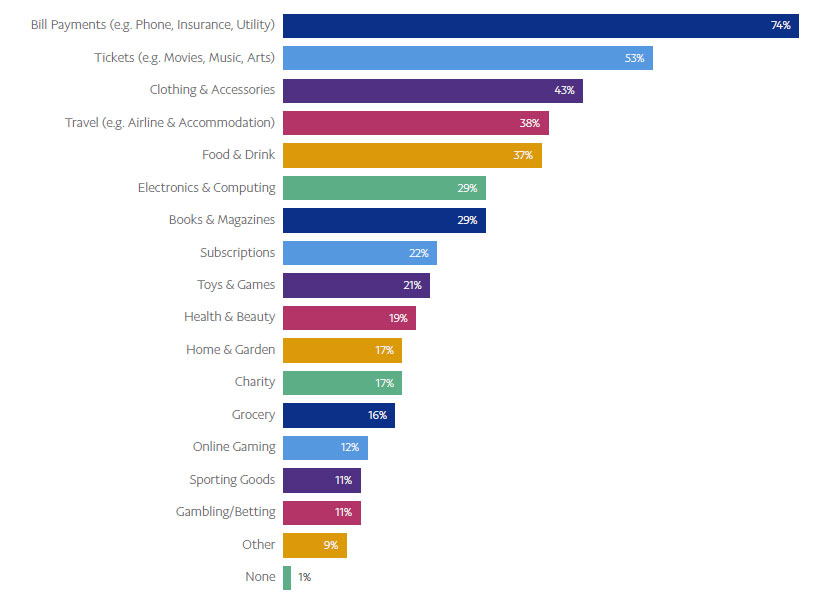As digital acceptance continues to deepen, more consumers are using Price Comparison Websites (PCW) or Comparator Websites or apps, to inform their purchasing decisions. From financial services, utilities, phone plans, flights, holidays and shopping, use is on the rise. Clearly such sites have the potential to empower consumers and make choice simplier. But should we trust them? Are they giving truly independent results?
Below the waterline, there are commissions being paid, results filtered based on affiliations and other commercial incentives or targets, and the basis of recommendation is not always clear.
Now, in the UK, the UK Regulators Network (UKRN) (a peak body covering a wide range of industry segments) has just published a report looking at UK price comparison websites. In addition, the UK Competition and Markets Authority (CMA) would commence an investigation of digital comparison tools – including PCWs – in the autumn 2016.
Here are some thought provoking comments which I think have relevance to our market too.
Why people use PCWs
Consumers’ stated reasons for using PCWs tend to relate to price, with users indicating that their principal aims are to find the best deal (85%), compare prices for specific products (83%) and save money or reduce costs (79%).
However, price is not the only factor that drives consumer use of PCWs. Studies has found that consumers use PCWs as a research tool to find companies offering relevant services (69%), a significant proportion stated they use PCWs to save time (65%) and to inform them when considering switching providers (62%).
One of the underlying views was that price comparison sites are used to get a ‘better’ deal and not necessarily the ‘best’ deal.
Consumers’ uses of PCWs can vary by sector, as the following examples, from research carried out by Mintel in 2014, illustrates:
home insurance – 33% used a PCW for research, 19% purchased or arranged via a PCW;
broadband, TV, phone – 21% used a PCW for research, 7% purchased or arranged via a PCW;
mortgages – 9% used a PCW for research, 4% purchased or arranged via a PCW.
Evidence on why consumers may differ in their use of PCWs is limited. However, for some products, like insurance for example, consumers may be more likely to use PCWs to make their purchase and complete a transaction. This may be due to two factors: first, with a product like insurance, buyers make frequent choices about their service provider. Second, it may be easier for PCWs to have relationships with insurance providers to complete the transaction. Conversely, products such as mortgages may be more complex, may require professional advice and security checks that are less amenable to being completed in one portal. This may therefore explain why consumers may be less likely to purchase certain products through PCWs and why the use of PCWs in general differs across sectors.
Use of multiple PCWs
When consumers use PCWs to shop around, they often use multiple sites. This is referred to as multi-homing.
Consumers appear to use at least two sites before making a decision. A 2013 study by Consumer Futures found that 16% used one site, 57% used two to three, and 26% more, before making a decision.43 For instance, the FCA’s market study on credit cards found that, of those that took out a credit card in the last 12 months after shopping around, 39% had used one PCW and 27% had used two or more, indicating that consumers not only utilise PCWs to search for suitable credit cards, but also that some are comparing between sites.
Panellists from the Ofgem Consumer First Panel in March 2016 held the underlying view that it was necessary to use multiple PCWs as they offered different ranges and may have commercial relationships with certain suppliers.
Common problems consumers may have with PCWs searches
Whilst PCWs can bring benefits to consumers, research has found there are some common problems that reduce their effectiveness and potentially result in poor outcomes. These issues include the following:
Consumers can become frustrated when there is no ability to customise and personalise searches – users typically desire a large amount of information but want to use filters to reduce the number of results. This function increases confidence, as it reinforces the perception that the results are tailored to the specific needs of the shopper.
Consumers prefer a range of ranking options – studies undertaken by the European Commission indicate that users were less likely to select a PCW when only one default ranking option is offered, as there was a preference for sites that provided a choice of one to three settings in addition to ranking by price only.
Consumers do not always find rankings to be clear – in some studies consumers have found that the presentation of information on PCWs and the criteria used for rankings can be unclear. An FCA report observed a wide variation in how products were displayed on PCWs, with some websites providing less clarity on the criteria used for default rankings.
Fear that sharing personal data could result in unsolicited marketing communications – concern and uncertainty over how PCWs use personal details was often linked to a fear that providing such information would result in unsolicited communication.49 Consumers also expressed concerns over their data being sold onto other companies with some entering fake phone numbers as a precaution against this. This was also an underlying view of panellists from Ofgem’s March 2016 Consumer First Panel.
Some consumers find the layout of PCWs difficult to navigate – one study found some features created issues for consumers.52 This included: unclear signposting in menus, small text, links and buttons being difficult to identify, creating uncertainty on where to go next, difficulty in locating explanations and definitions of terminology, and the positioning of advertising in such a way that it seems part of the search results.
Consumers rarely understand how PCWs work or generate revenue – when prompted they tend to hypothesise that revenue is drawn from ‘advertising’, ‘commission on sales’, ‘click-through to providers’ sites’ or ‘access or listing fees’.
Some concerns that results may not be impartial due to business models – the impartiality of PCWs is sometimes expressed as an issue amongst consumers. For example, during Ofgem’s Consumer First Panel discussions in March 2016, some panellists were aware that relationships between suppliers and PCWs could be in place, while others were surprised that not all PCWs were independent of suppliers. Those panellists were suspicious about these relationships, and were unsure how or why these were formed; they were cautious about any relationships that might reduce customer choice. Conversely, however, other research shows that few consumers attach any importance to information on PCWs’ business models.
Trust in PCWs
A key potential problem that may limit the use and effectiveness of PCWs is the extent to which consumers trust price comparison sites and have confidence in using them.
Levels of consumer trust in PCWs can differ across sectors. In the energy sector for example, a survey in the CMA Energy Market Investigation identified levels of consumer confidence and trust in PCWs as being a potential issue: 26% were not confident that they could use PCWs to get the best energy deal; of these, 43% said they were not confident because they did not trust or believe PCWs.
However, in another study, it was found that that a large majority (94%) of consumers recalled PCWs that they had used to be either ‘very’ or ‘fairly’ reliable’. Although the majority of consumers use multiple sites, only a small minority do so due to a lack of trust. Instead, consumers normally engage in ‘multi-homing’ to give themselves confidence they have not missed a good deal.
A 2014 study by the FCA60 found consumers to have a high level of confidence in the well-known PCWs to offer dependable insurance quotes. Furthermore, the trust that the users had in these popular comparison tools led to a “halo effect”, whereby even previously unknown providers listed were now seen as trustworthy. This was because of an expectation that these recognised sites would vet and check providers included in their directory.
Ranking
Regulators have identified that:
Rankings may be complex – for example in the credit cards sector, ranking of credit cards and their offers might not always be helpful for consumers – e.g. one PCW’s table ranked in a formula that included the likelihood of acceptance, Balance Transfer Period, Balance Transfer Fee and Representative APR.
Rankings may not be suitable for all customers – PCWs’ rankings are sometimes ordered by ‘popularity’. This may not be helpful for consumers and it could lead to an unfavourable outcome if previous users have made poor choices or if it is not the most relevant factor for them (e.g. if they are looking to save money).
PCWs may give prominence to suppliers they have a commercial relationship with – some PCWs give prominence to certain products because of a sponsorship agreement, instead of displaying options that might be better for consumers based on their search criteria. To ensure results are accurate and unbiased, Ofcom’s Accreditation Scheme requires default ranking to be by price and by a measure of total amount payable for the service. Price ranking means that consumers may avoid the potential risk of using a PCW that ranks deals based on commissions received by Communication Providers (CPs), rather than based on the cheapest total price. The requirement to display a total amount payable can help consumers identify the complete price of their contract. Joint research by the Advertising Standard Authority and Ofcom found that consumers can struggle to identify the total costs of broadband contracts when prices are advertised separately and/or less prominently.
Not all products are presented to consumers because of a lack of commercial relationship – whilst regulators have encountered examples where commercial relationships have given prominence to some results over others, the opposite can also be true. Where a PCW does not have a direct relationship with the supplier, the search results from that supplier can be ‘hidden’ or difficult to find.
The method of ranking may affect which deals consumers use – the method by which the deals are sorted (e.g. price, contract type, customer ratings) can have an impact on the number of consumers that are likely to select the best product for their needs. The strength of this effect depends on precisely how the products are sorted. For example it has been found that the sorting method that resulted in the most customers identifying the best deal displayed the offers sorted by price (with the cheapest deal being ranked on top). A study undertaken as part of the FCA’s work on high-cost short-term credit also highlighted the importance of positioning when consumers used PCWs. When the cheapest deals were listed on top, users selected these deals 63% of the time, compared to 27% of the time when deals were sorted at random.
Accuracy and impartiality
A lack of accuracy on pricing can mean that consumers are not making fully informed decisions. In addition, PCWs do not always provide clarity regarding their role in the distribution of a product or the nature of the services they offer. In a review of annuity comparison sites, the FCA found that PCWs do not always satisfy the key FCA requirement to be ‘fair, clear, and not misleading’. For example, PCWs may describe a service as ‘free’ when commission is actually received by the firm if the user selects that particular product.
Other competition issues
Agreements or commercial relationships between PCWs and product suppliers have the potential to weaken competition between PCWs themselves, between competitors in the upstream markets, or both.
Most Favoured Nation clauses
These are agreements that commit a supplier not to sell the same product more cheaply elsewhere. Such agreements have the potential to distort competition through raising barriers to entry and limiting the commercial freedom of suppliers.


